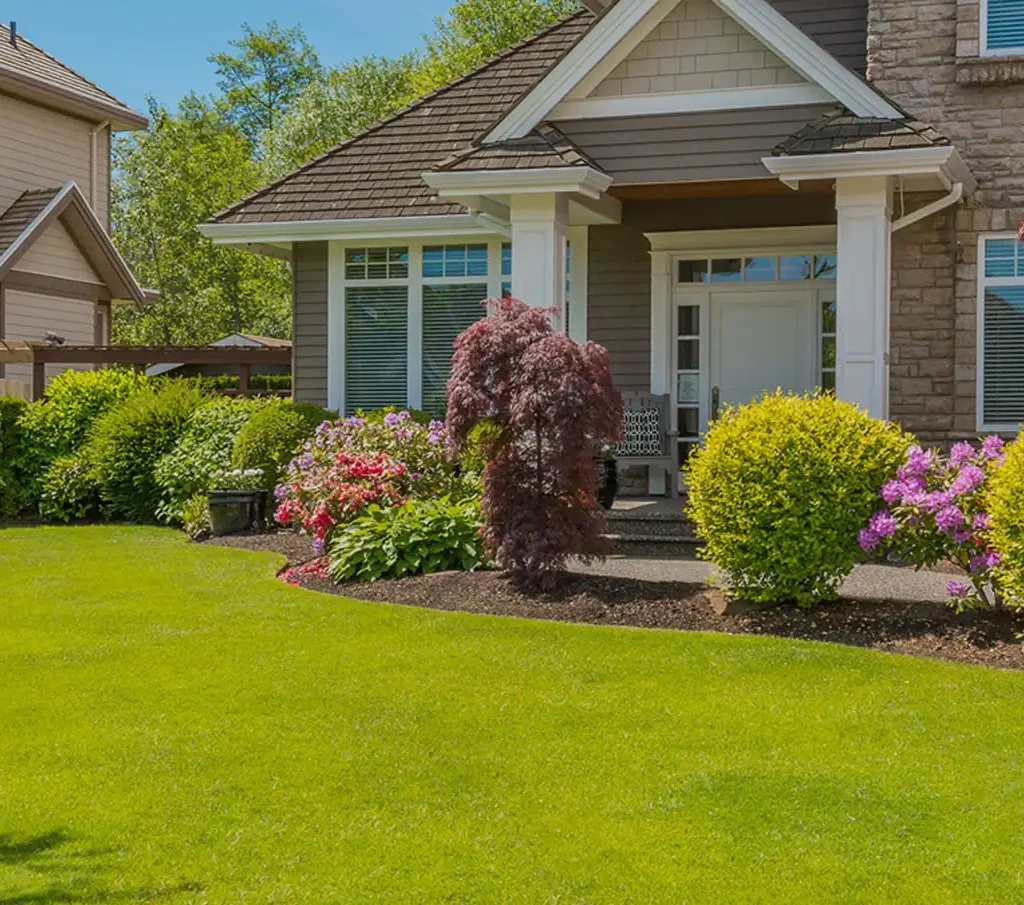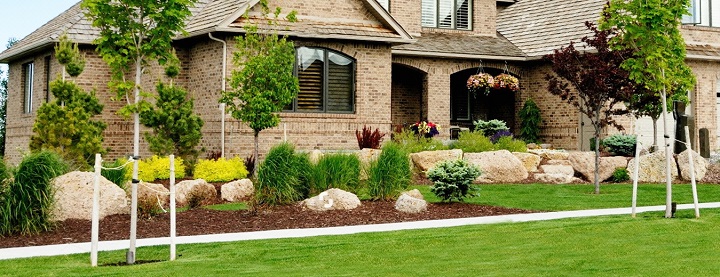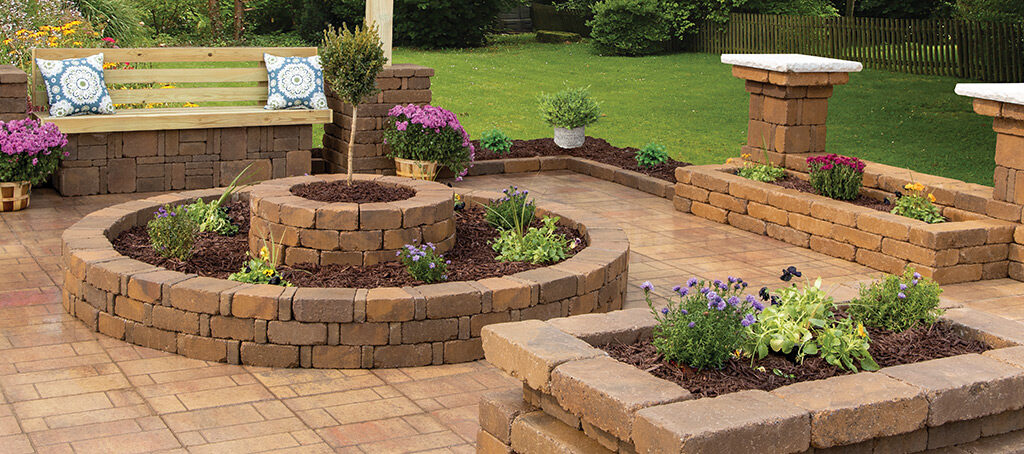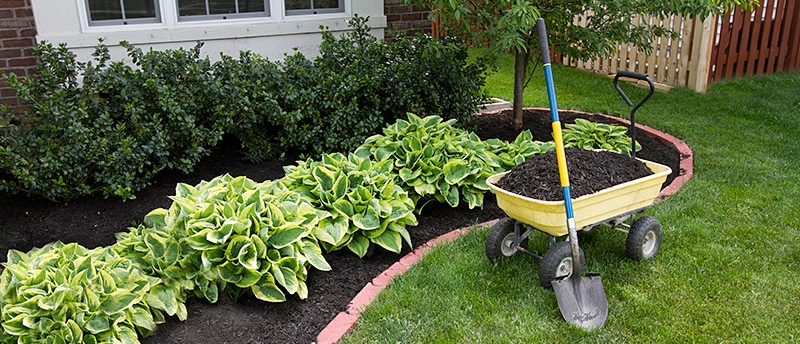Landscaping: Transforming Your Outdoor Space
Introduction
Ever looked at a barren yard and dreamed of a lush garden oasis? Landscaping is the art and science of modifying your outdoor space to make it more attractive and functional. From lush green lawns to stunning water features, landscaping can turn any dull outdoor area into a vibrant paradise.
What is Landscaping?
Landscaping involves the planning, designing, and caring of outdoor spaces. It blends elements of gardening, architecture, and environmental science to create beautiful, sustainable environments.
Importance of Landscaping
Landscaping isn’t just about aesthetics. It has significant benefits for the environment, your health, and your wallet. Well-designed landscapes can increase property value, reduce energy costs, and provide a peaceful retreat from the hustle and bustle of everyday life.
History of Landscaping
Early Beginnings
Landscaping dates back to ancient civilizations. Egyptians used gardens to enhance the beauty of their homes, while the Hanging Gardens of Babylon remain one of the Seven Wonders of the Ancient World.
Evolution Over Centuries
As societies evolved, so did landscaping. The Renaissance brought formal gardens with geometric designs, while the 19th century introduced the English landscape garden, emphasizing natural beauty.
Types of Landscaping
Residential Landscaping
This focuses on enhancing the outdoor areas of private homes, including gardens, patios, and lawns.
Commercial Landscaping
Designed for businesses, commercial landscaping aims to create attractive environments for customers and employees.
Public Landscaping
This includes parks, public gardens, and city planning projects, enhancing community spaces for recreation and relaxation.
Key Elements of Landscaping
Softscape vs. Hardscape
Softscape involves living elements like plants and trees, while hardscape includes non-living features like stone pathways and patios.
Plants and Trees
Choosing the right plants and trees is crucial. They bring vibrancy, depth, and vitality to your outdoor space.
Water Features
Water features like ponds, fountains, and waterfalls can create a serene atmosphere and become focal points in your garden.
Lighting
Proper lighting enhances the beauty of your landscape and extends its usability into the evening hours.
Planning Your Landscape Design
Assessing Your Space
Start by evaluating your space. Consider the size, shape, soil type, and sunlight exposure.
Setting Goals and Budget
Figure out your goals and set a budget to match. This helps in making informed decisions throughout the process.
Hiring a Professional vs. DIY
While DIY can be fun and cost-effective, hiring a professional can ensure a more polished and enduring result.
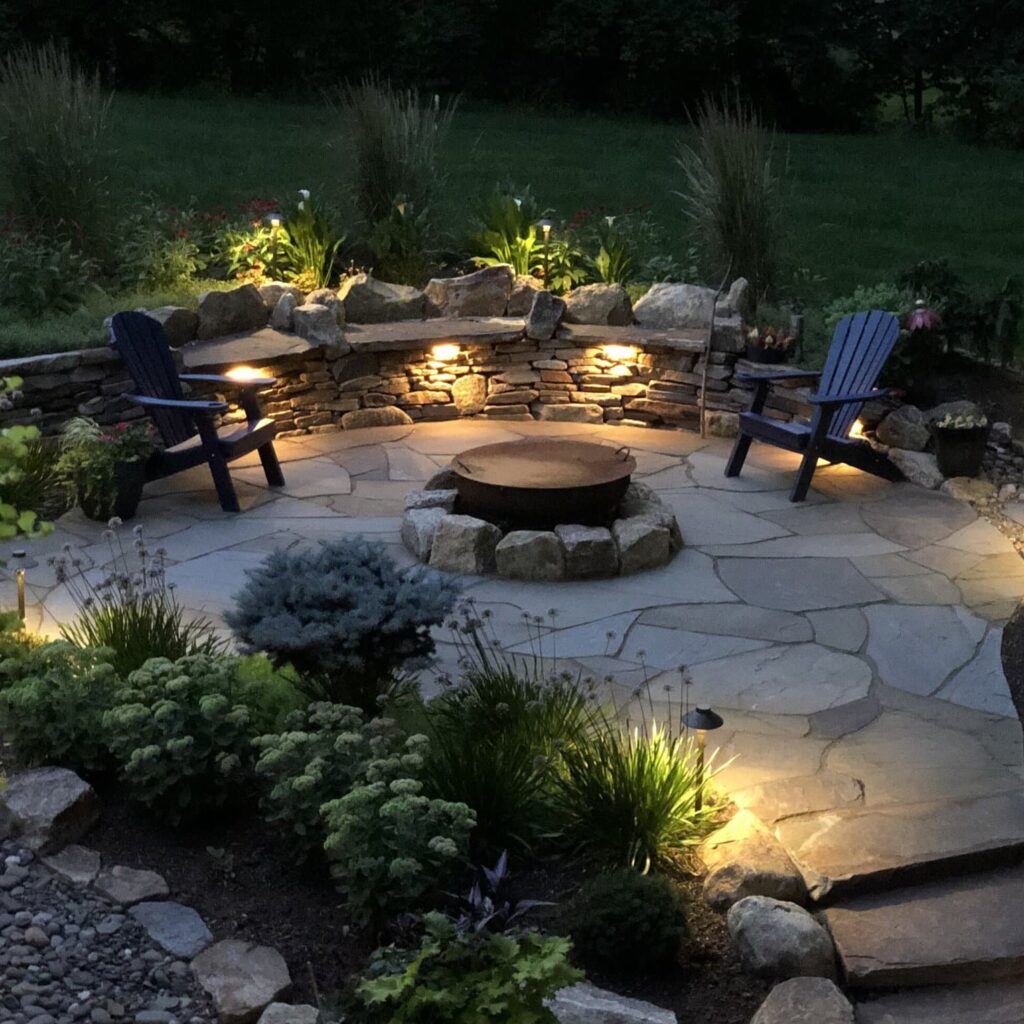
Popular Landscaping Styles
Modern
Characterized by clean lines, minimalistic designs, and the use of materials like concrete and metal.
Traditional
Features classic elements like manicured lawns, flower beds, and symmetrical designs.
Xeriscaping
Ideal for dry regions, xeriscaping uses drought-tolerant plants and minimal water.
Japanese Garden
Incorporates natural elements like rocks, water, and carefully pruned plants to create a tranquil space.
Landscaping Techniques and Tips
Soil Preparation
Rich, fertile soil is the cornerstone of a thriving garden. Test and amend your soil to suit the plants you choose.
Planting Strategies
Consider plant placement for optimal growth and visual appeal. Place plants that require the same amount of water and sunlight in the same area. https://treemastersservices.com/transform-your-y…pert-landscaping/
Mulching
Mulch is beneficial for keeping the soil moist, preventing weed growth, and enhancing soil quality.
Irrigation
Efficient irrigation systems save water and ensure your plants get the right amount of moisture.
Sustainable Landscaping Practices
Native Plants
Use plants native to your region. They require less water and are more resistant to local pests and diseases.
Water Conservation
Incorporate rain barrels, drip irrigation, and drought-resistant plants to save water.
Organic Methods
Avoid chemical pesticides and fertilizers. Use compost and natural pest control methods instead.
Landscaping for Different Climates
Tropical
Use lush, large-leaved plants and vibrant flowers to create a tropical paradise.
Desert
Opt for cacti, succulents, and gravel to design a stunning desert landscape.
Temperate
A mix of deciduous and evergreen plants works well in temperate climates.
Cold Climate
Choose hardy plants that can withstand frost and snow.
Seasonal Landscaping Ideas
Spring
Plant colorful annuals and perennials. Clean up winter debris and prepare beds for summer.
Summer
Focus on maintaining and enjoying your garden. Ensure adequate watering and shading.
Fall
Add autumnal colors with trees and shrubs that have vibrant fall foliage. Prepare plants for winter.
Winter
Incorporate evergreens and structures like arbors to provide winter interest.
Common Landscaping Mistakes
Overcrowding Plants
Give plants enough space to grow. Overcrowding leads to competition for resources and stunted growth.
Ignoring Maintenance
Regular maintenance is crucial. Neglect can turn a beautiful garden into a jungle.
Poor Water Management
Over or under-watering can harm plants. Invest in a good irrigation system.
Benefits of Landscaping
Aesthetic Appeal
A well-designed landscape enhances the beauty of your home and provides a space to relax and entertain.
Environmental Impact
Landscaping helps combat climate change by reducing carbon footprints and providing habitats for wildlife.
Health and Well-being
Gardening is a great physical activity. Being in nature reduces stress and boosts mental health.
Cost of Landscaping
Budgeting Tips
Plan your landscaping project in phases to spread out costs. Reuse materials and plants where possible.
Cost-Effective Solutions
DIY projects, using native plants, and minimizing hardscape elements can save money.
Landscaping Tools and Equipment
Essential Tools
Invest in quality tools like shovels, pruners, and wheelbarrows for efficient gardening.
Advanced Equipment
For larger projects, consider renting or buying advanced equipment like tillers, chainsaws, and leaf blowers.
Conclusion
Landscaping is a rewarding endeavor that can transform any outdoor space into a beautiful, functional, and sustainable environment. Whether you’re a DIY enthusiast or prefer to hire professionals, there’s a landscaping solution for everyone. Start planning today and watch your garden bloom!
